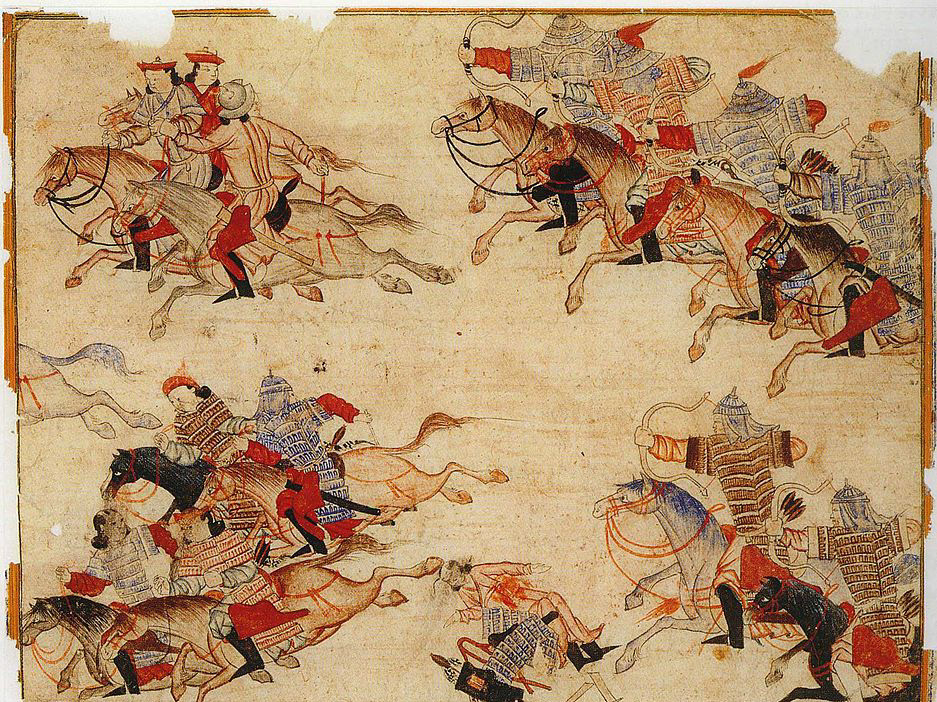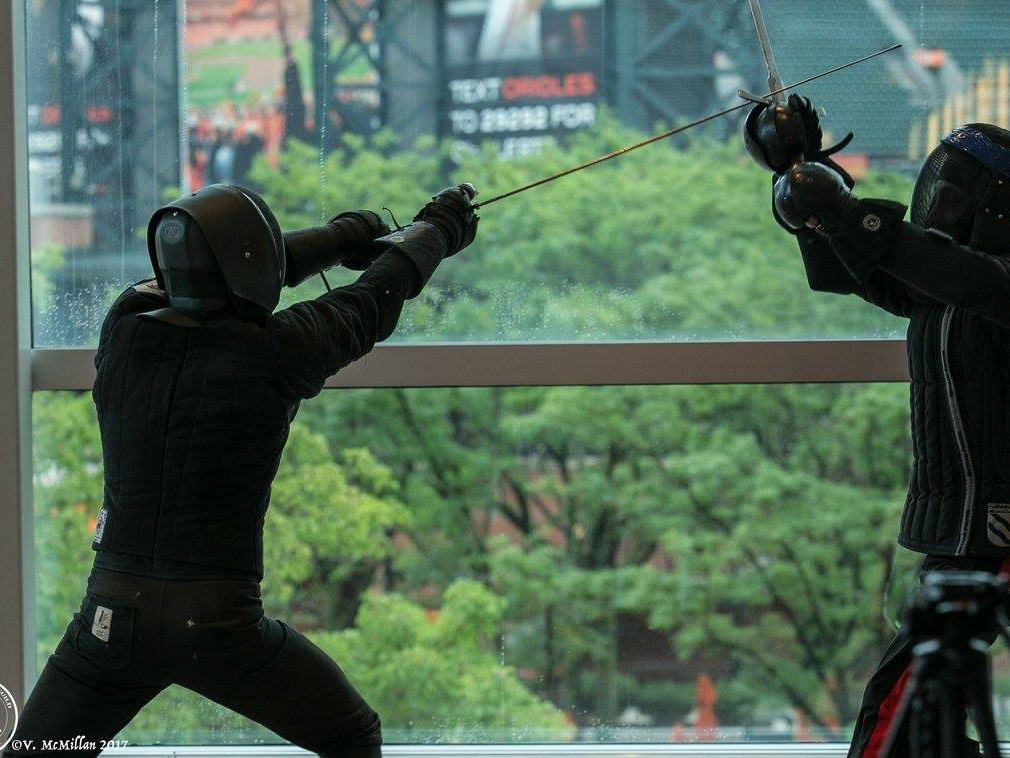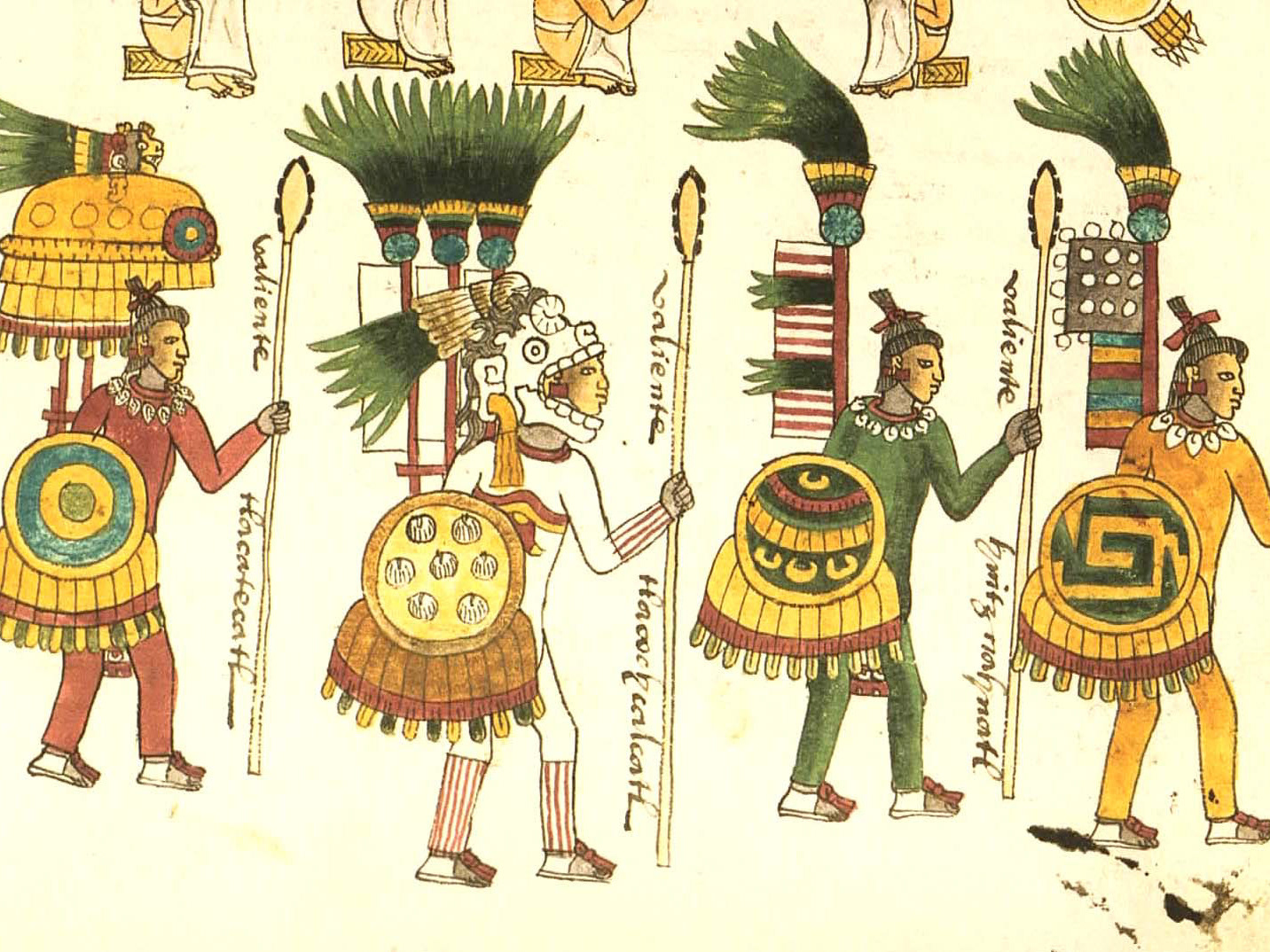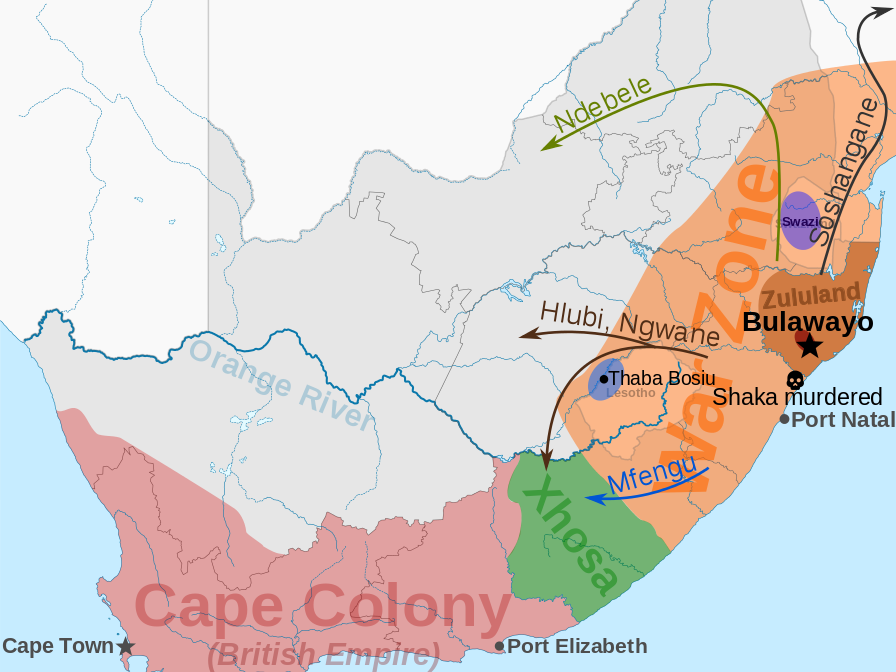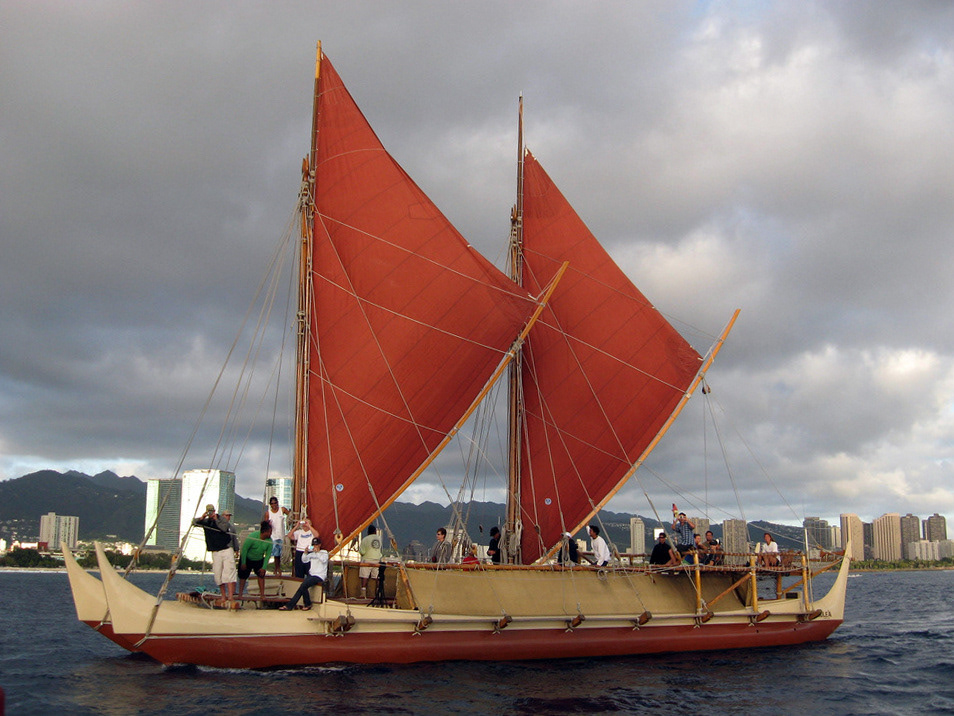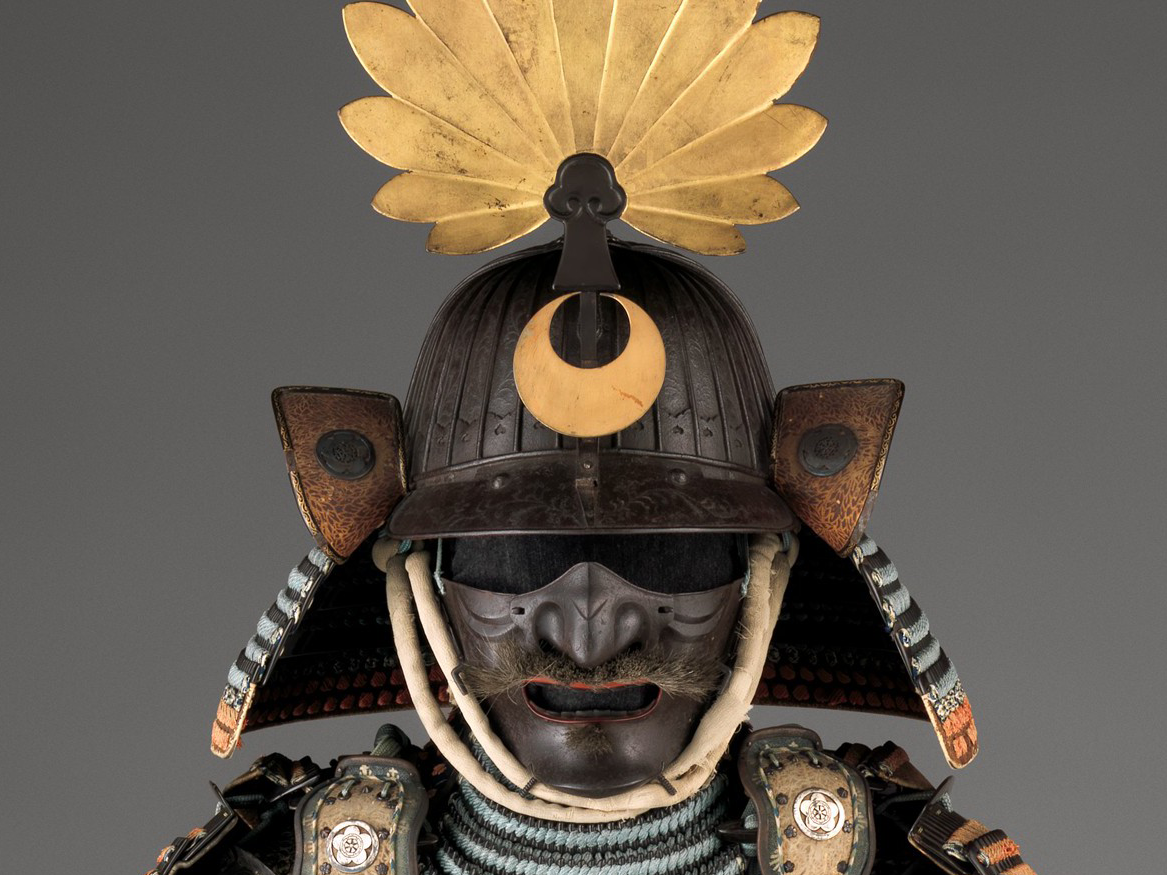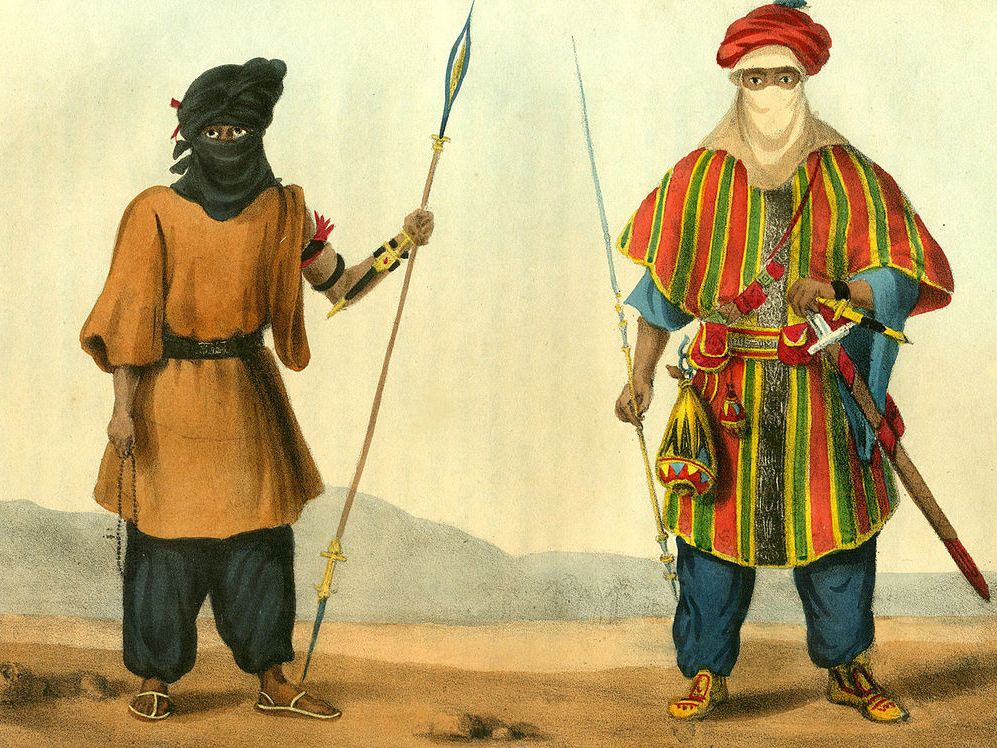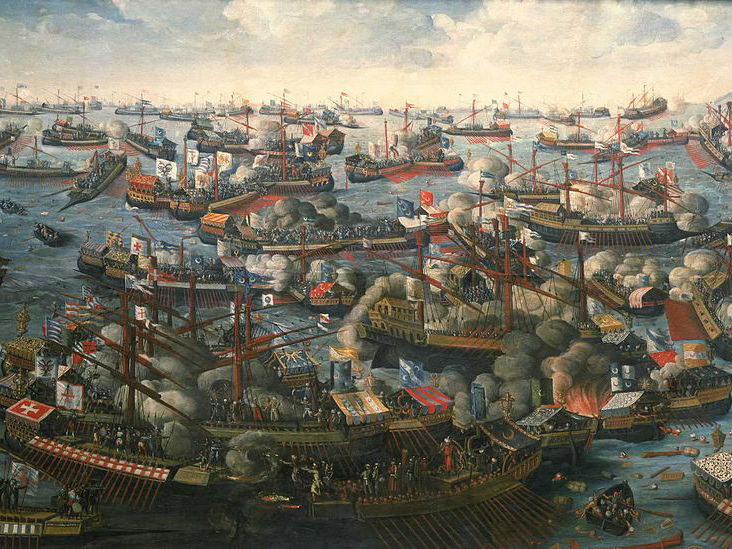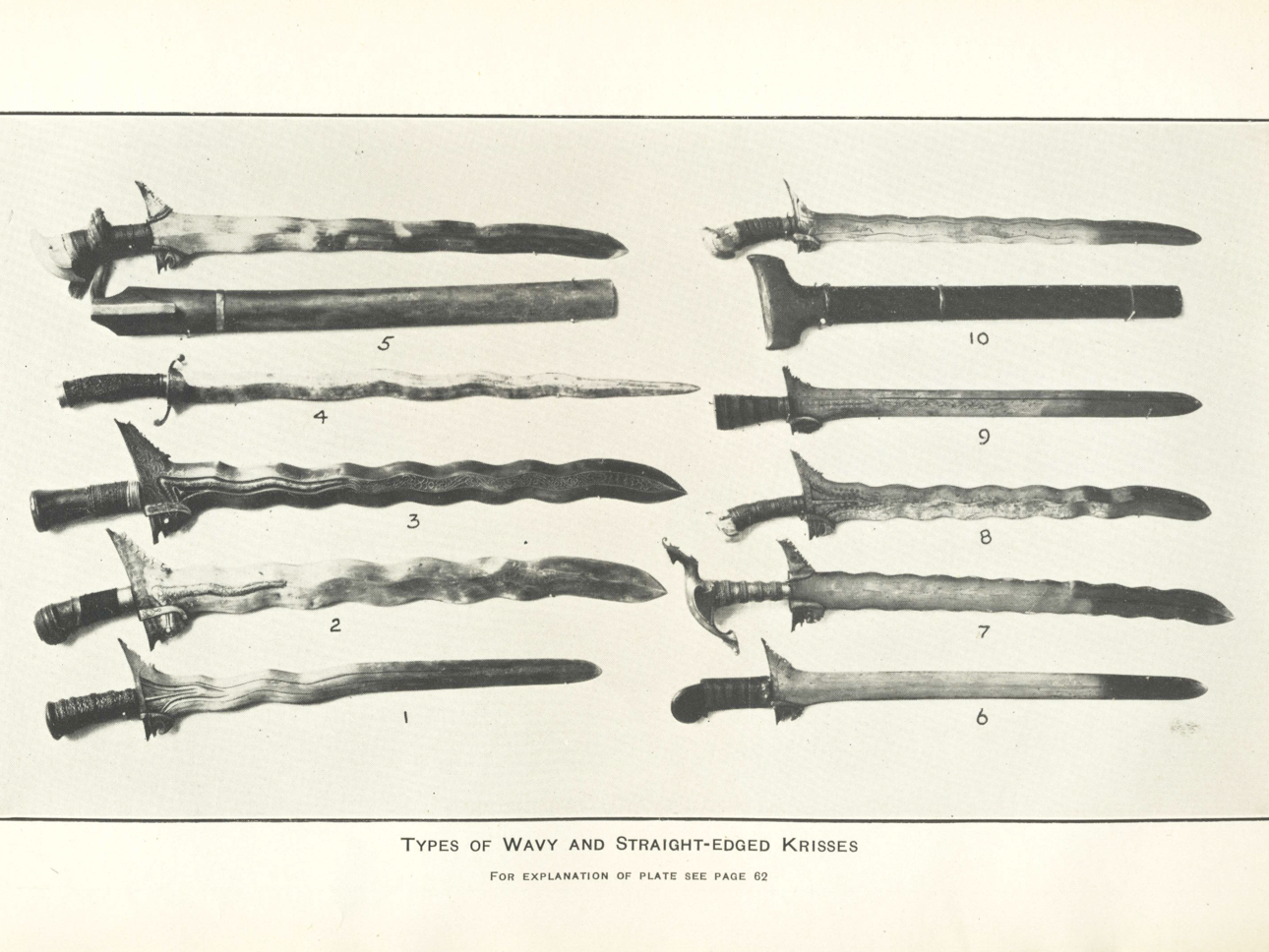Works Cited
Footnotes
[1] “Teotihuacán | Location, Sites, Culture, & History.”
[2] R. G. Grant, Battle A Visual Journey Through 5,000 Years Of Combat.
[3] R. G. Grant.
[4] “Hernando Cortez.”
[5] “Mexico - Expansion of Spanish Rule.”
[6] R. G. Grant, Battle A Visual Journey Through 5,000 Years Of Combat.
[7] “Mexico - Expansion of Spanish Rule.”
[8] R. G. Grant, Battle A Visual Journey Through 5,000 Years Of Combat.
[9] R. G. Grant.
[10] MOSELEY, “Evolution of the American Civil War Infantry Tactics.”
[11] Spahr, “Occupying For Peace, The U.S. Army In Mexico, 1846-1848.”
[12] Spahr.
[13] “Villa’s Military Tactics.”
[14] “How Guns Work.”
[15] DK Books, Weapon A Visual History of Arms and Armor.
[16] DK Books.
[17] DK Books.
[18] “The Guns of Pancho Villa.”
[19] United States Library of Congress, Photograph Shows General Emilio Campa (Front Center) and Five Bodyguards, All with Rifles, during the Mexican Revolution.
[20] DK Books, Weapon A Visual History of Arms and Armor.
[21] “History of Mexican Clothing.”
[22] “Pancho Villa | Mexican Revolutionary.”
Citations
DK Books. Weapon A Visual History of Arms and Armor. Edited by Paula Regan. DK Publishing, n.d.
“Hernando Cortez.” Accessed June 3, 2018. http://history-world.org/cortez.htm.
Historyplex. “History of Mexican Clothing: Traditional Styles and Materials.” Accessed June 3, 2018. https://historyplex.com/history-of-mexican-clothing.
The Loadout Room. “How Guns Work: Percussion Cap Firearms and You.” Accessed June 3, 2018. https://loadoutroom.com/thearmsguide/caplock-percussion-firearms-work/.
Encyclopedia Britannica. “Mexico - Expansion of Spanish Rule.” Accessed June 2, 2018. https://www.britannica.com/place/Mexico.
MOSELEY, THOMAS VERNON. “Evolution of the American Civil War Infantry Tactics.” Ph.D., The University of North Carolina at Chapel Hill, 1967. http://search.proquest.com/docview/302266689/citation/61503030974C48DCPQ/1.
Encyclopedia Britannica. “Pancho Villa | Mexican Revolutionary.” Accessed June 3, 2018. https://www.britannica.com/biography/Pancho-Villa-Mexican-revolutionary.
R. G. Grant. Battle A Visual Journey Through 5,000 Years Of Combat. Edited by David John. DK Publishing, n.d.
Spahr, Thomas W. “Occupying For Peace, The U.S. Army In Mexico, 1846-1848,” n.d., 351.
Encyclopedia Britannica. “Teotihuacán | Location, Sites, Culture, & History.” Accessed June 2, 2018. https://www.britannica.com/place/Teotihuacan.
Frontier Partisans. “The Guns of Pancho Villa,” May 13, 2015. https://frontierpartisans.com/3623/firearms-of-the-frontier-partisans-the-guns-of-pancho-villa/.
United States Library of Congress. Photograph Shows General Emilio Campa (Front Center) and Five Bodyguards, All with Rifles, during the Mexican Revolution. Copyrighted. J166903 U.S. Copyright Office 1912. +/− Restoration by trialsanderrors: General Emilio Campa and his bodyguards, Mexican War, ca. 1914. https://commons.wikimedia.org/wiki/File:General_Emilio_Campa_and_his_bodyguards,_Mexican_War,_1912.jpg.
The Life of Pancho Villa and His Contributions to the Mexican Revolution. “Villa’s Military Tactics.” Accessed June 2, 2018. http://panchovillaslife.weebly.com/villas-military-tactics.html.
